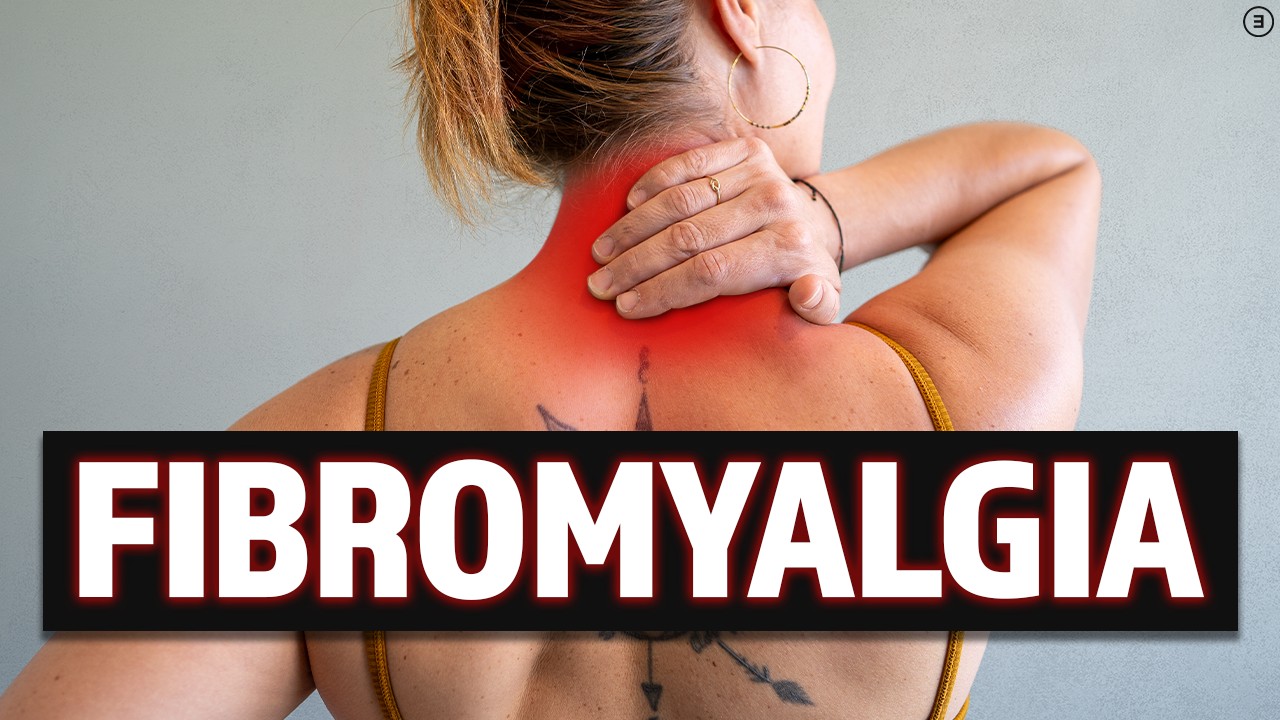Living with fibromyalgia can present unique challenges for individuals and their loved ones, especially when it comes to maintaining meaningful relationships. The condition’s symptoms, such as chronic pain, fatigue, and emotional strain, can complicate traditional notions of love and connection. However, by cultivating understanding, empathy, and creative ways to support one another, it’s possible to thrive in relationships despite the hurdles of fibromyalgia. This article explores how love can flourish in the face of this chronic illness.
The Emotional and Physical Impact of Fibromyalgia on Relationships
Fibromyalgia’s effects extend beyond physical symptoms, influencing emotional well-being and interpersonal connections. Here are some common ways it impacts relationships:
- Emotional Strain: The unpredictability of flare-ups can lead to frustration, anxiety, or feelings of isolation for the individual with fibromyalgia and their partner.
- Physical Limitations: Chronic pain and fatigue may reduce the ability to engage in shared activities, including physical intimacy.
- Miscommunication: Partners may misunderstand the nature of the illness or perceive symptoms as exaggerated or imaginary, creating unnecessary tension.
- Role Adjustments: Partners often need to take on additional responsibilities, which can shift the balance within the relationship and create new dynamics.
Recognizing these challenges is the first step toward finding solutions that foster love and understanding.
Building a Foundation of Understanding
Empathy and education are crucial for creating a strong relationship foundation when fibromyalgia is a factor. Here’s how couples can cultivate understanding:
1. Learn About the Condition
Both partners should educate themselves about fibromyalgia, including its symptoms, triggers, and treatment options. This knowledge fosters empathy and validates the experiences of the individual with fibromyalgia.
2. Practice Open Communication
Honest and respectful communication is essential. Share feelings, fears, and needs without judgment. For example, if one partner is experiencing a flare-up, they can express their limitations, while the other partner can share how they feel about adjusting plans.
3. Set Realistic Expectations
Acknowledge the limitations imposed by fibromyalgia and adjust expectations for shared activities, chores, and other responsibilities accordingly.
Strengthening Emotional Intimacy
Emotional intimacy often becomes the cornerstone of relationships affected by fibromyalgia. Here are strategies to nurture closeness:
1. Celebrate Small Moments
Find joy in simple activities that don’t require much energy, such as watching a favorite movie, cooking a meal together, or reminiscing over old photos.
2. Show Appreciation
Express gratitude for the efforts and understanding shown by your partner. Small gestures of appreciation can strengthen emotional bonds.
3. Create Rituals
Develop small daily or weekly rituals that foster connection, such as sharing a morning coffee, taking a gentle walk, or setting aside time to talk before bed.
Addressing Physical Intimacy
Chronic pain and fatigue can impact physical intimacy, but couples can adapt to maintain closeness:
1. Be Patient
Understand that physical intimacy may require adjustments or alternative forms of connection, such as cuddling, holding hands, or gentle massages.
2. Communicate Needs
Discuss preferences and limitations openly. Finding ways to adapt can lead to fulfilling physical connections that respect boundaries.
3. Focus on Emotional Connection
When physical intimacy is challenging, emotional closeness can take precedence. Prioritize affection and verbal expressions of love.
Navigating Challenges Together
1. Seek Support
Consider joining fibromyalgia support groups where couples can share experiences and learn from others facing similar challenges. These groups provide a sense of community and understanding.
2. Embrace Flexibility
Adopt a flexible mindset to adapt plans based on energy levels and symptoms. Being prepared to adjust expectations reduces stress and prevents disappointment.
3. Divide Responsibilities
Partners can share household and financial responsibilities in a way that considers the limitations of the individual with fibromyalgia. This teamwork fosters balance and reduces resentment.
Real-Life Stories of Love and Resilience
Case Study: Sarah and Mark
When Sarah was diagnosed with fibromyalgia, she worried it would strain her marriage to Mark. However, Mark’s willingness to learn about the condition and adjust their lifestyle strengthened their bond. “We focus on what we can do together, like gardening or enjoying quiet evenings,” Sarah says. “Mark’s support reminds me that I’m not facing this alone.”
Case Study: Emily and Jason
Emily’s fibromyalgia symptoms initially caused tension in her relationship with Jason, who struggled to understand her pain. After attending couples therapy, they learned to communicate better and prioritize emotional intimacy. “Therapy helped us see each other’s perspectives,” Jason shares. “Now, we’re more connected than ever.”
The Power of Love and Connection
Fibromyalgia may alter the dynamics of a relationship, but it doesn’t diminish the capacity for love and connection. By prioritizing empathy, communication, and adaptability, couples can face challenges together and emerge stronger. Relationships require effort, but when nurtured with patience and understanding, they can thrive despite the complexities of fibromyalgia. Love, after all, is about finding connection even in the face of adversity.

Click Here to Visit the Store and find Much More….
For More Information Related to Fibromyalgia Visit below sites:
References:
Fibromyalgia Contact Us Directly
Click here to Contact us Directly on Inbox
Official Fibromyalgia Blogs
Click here to Get the latest Chronic illness Updates
Fibromyalgia Stores










